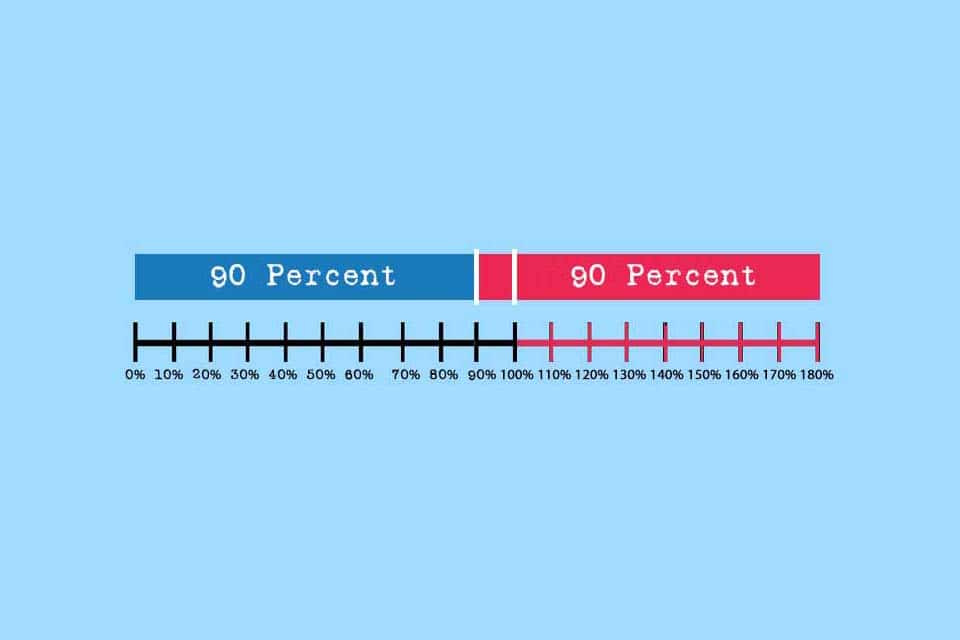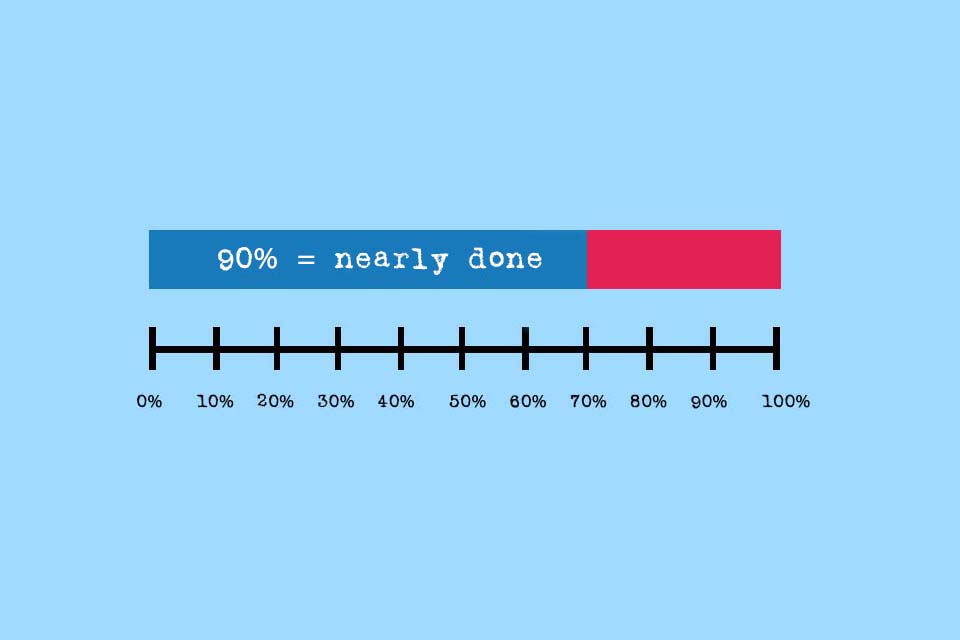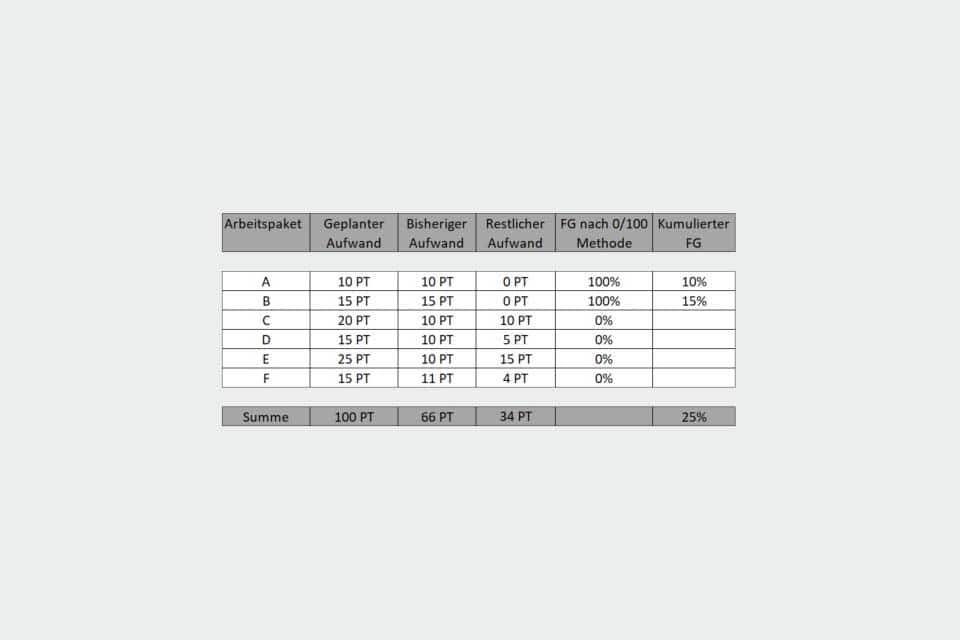What is the 90-90 Rule?
Smartpedia: The 90-90 rule states that 90% of the work takes 90% of the time, while the remaining 10% also takes 90%, totaling 180% of the estimated effort.
90-90 rule – when 10% residual effort becomes 90%
The 90-90 rule is a supplement to the well-known 90-Percent-Done Syndrome, which produces an overly positive estimation of the remaining effort of a work package, process or project. The remaining 10% remaining effort estimated by employees often turns out to be an illusion in practice. The 10% remaining effort is more likely to become another 90%, so that the work package, process or project actually produces 180% (90% + 90%) of the planned effort.
The 90-90 rule (also known as ninety-ninety rule) points out various phenomena of software development. The author of the 90-90 rule is Tom Cargill from Bell Laboratories, who was quoted as follows in a column entitled “Rule of Credibility”¹:
“The first 90 percent of the code accounts for the first 90 percent of the development time. The remaining 10 percent of the code accounts for the other 90 percent of the development time.”
Impulse to discuss
Why does it happen again and again that we – despite all our professionalism and experience – get it so wrong when estimating remaining effort?
[1] Tom Cargill, programming pearls: https://dl.acm.org/doi/pdf/10.1145/4284.315122
If you like the article or would like to discuss it, please feel free to share it in your network. And if you have any comments, please do not hesitate to send us a message.
Here you will find additional information from our Smartpedia section:



